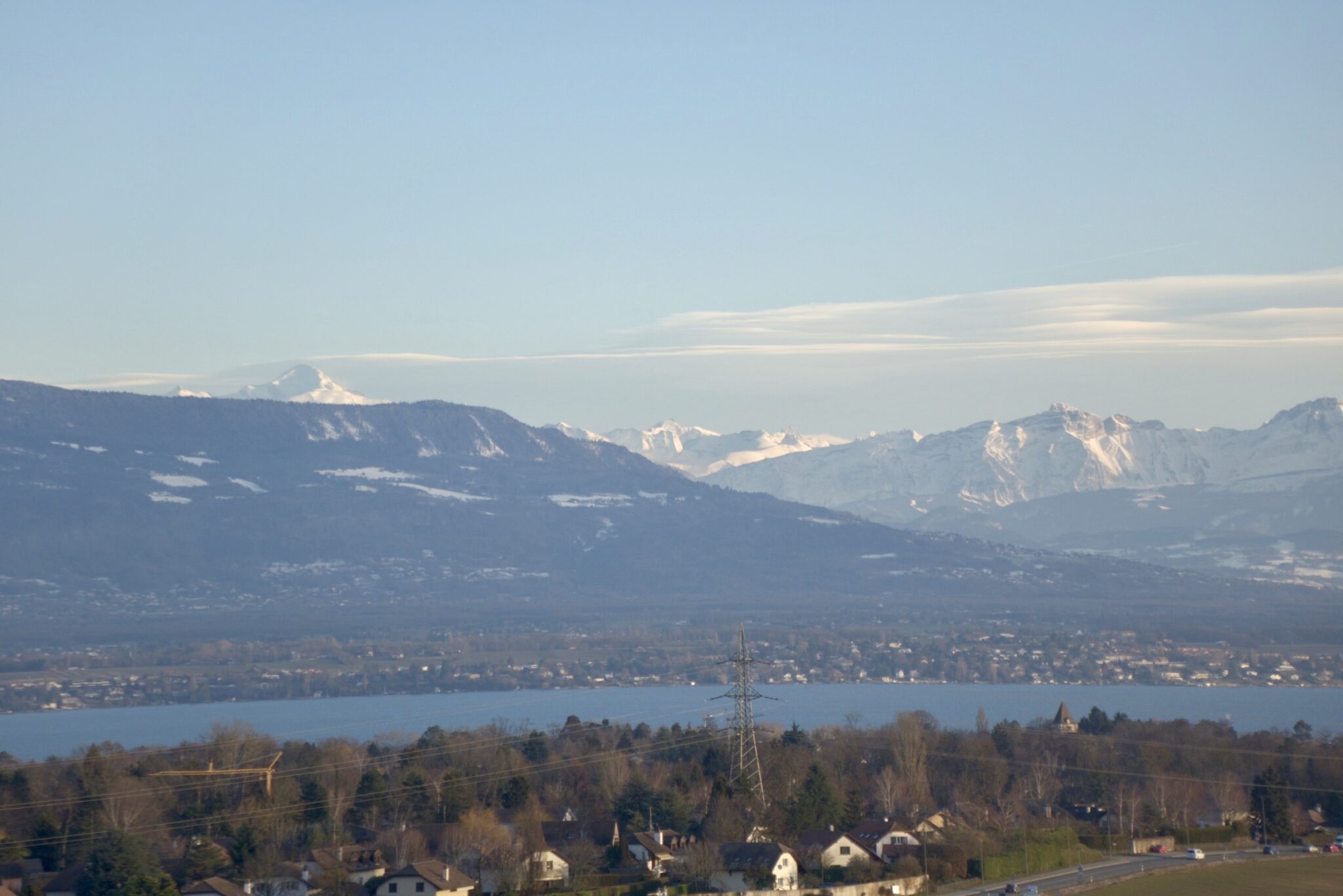 I am always looking for an interesting person to interview, a new place to visit, a story to share all the while feeling off balance and a little bit loco.
I am always looking for an interesting person to interview, a new place to visit, a story to share all the while feeling off balance and a little bit loco.
“You develop an extra sense that partly excludes you from experience,” Martin Amis says. “Writers are not experiencing things fully, 100%. They are always holding back and wondering what the significance is.”
That’s me in a nutshell, struggling to experience everyday life, yet capture each milestone and adventure on paper.
“Every person who does serious time with the key board is attempting to translate his version of the world into words so that he might be understood. Indeed, the great paradox of the writer’s life is how much time he spends alone trying to connect with other people.” (A Forest Through the Trees, p. 36)
Looking back at my career, I loved the game of basketball because its fast pace demanded total concentration preventing this dual existence as an observer and participant. I entered the zone – a perfect union of mind and body – and felt peace.
Off the court, stories pinged off my brain like pinballs.
On family trips traveling across America, while gazing out my window I made up tales of people’s lives on plantations down south, ranches out west and Victorian homes on the east coast.
As a kid I daydreamed so often, I wonder how I ever passed first grade.
Globetrotting in adulthood offered endless material for stories. Even standing still in the field teaching PE in Switzerland, my mind wandered to my mountain view where I imagined cows grazing in alpine valleys. Lost in reverie, I’d forget to call off sides in soccer or out of bounds in field hockey until a student complained forcing me back to reality.
To be in the moment is hard for a writer.
Not only am I torn between the different cultural, geographical, and physical worlds of Switzerland, France and USA, but also from the emotional, imaginary ones between living life and recording it.
Yet writing keeps me grounded. I process life through words. Like playing basketball, I enter “the zone.” Without the euphoria. After a writing session, I am spent. My shoulders ache. My back throbs. I need to walk or stretch, loosen my limbs frozen into the shape of a chair.
But writing is a constant battle of wills between the creative brain and the logical one. Why spend so much time doing something that brings no financial rewards and few emotional ones?
I swear off practicing my art becoming locked in writer’s block. But inevitably I return to the blank page because not writing is even more excruciating. Blessed with a curse, my tormented mind is that of a writer, whether anyone reads me or not.
Without writing life seems empty. As if only in the retelling, shaping experiences, can I fine-tune the raw edges of my soul.
Stories unleash the mystery in our existence.
But damned if it doesn’t drive me crazy. Stacked by my bed, crates crammed with thousands of pages of unfinished manuscripts, half bake books, and segments of stories, ferment like a compost pile.
Why bother?
Because language links humanity. Writer friends I encourage you to keep putting your muse to paper; reader friends’ merci mille fois (thank you a thousand times) for honoring our connection.
Why does anyone practice any form of art? Why did my dad paint beautiful landscapes and give them away or my mom spend hours quilting and cross-stitching presents for others? Why does one person garden for hours pruning delicate rose bushes? Or another spend time in the kitchen creating new delights to nourish family and friends?
Creativity feeds the soul. Without it we would starve to death.
What is your passion?


























